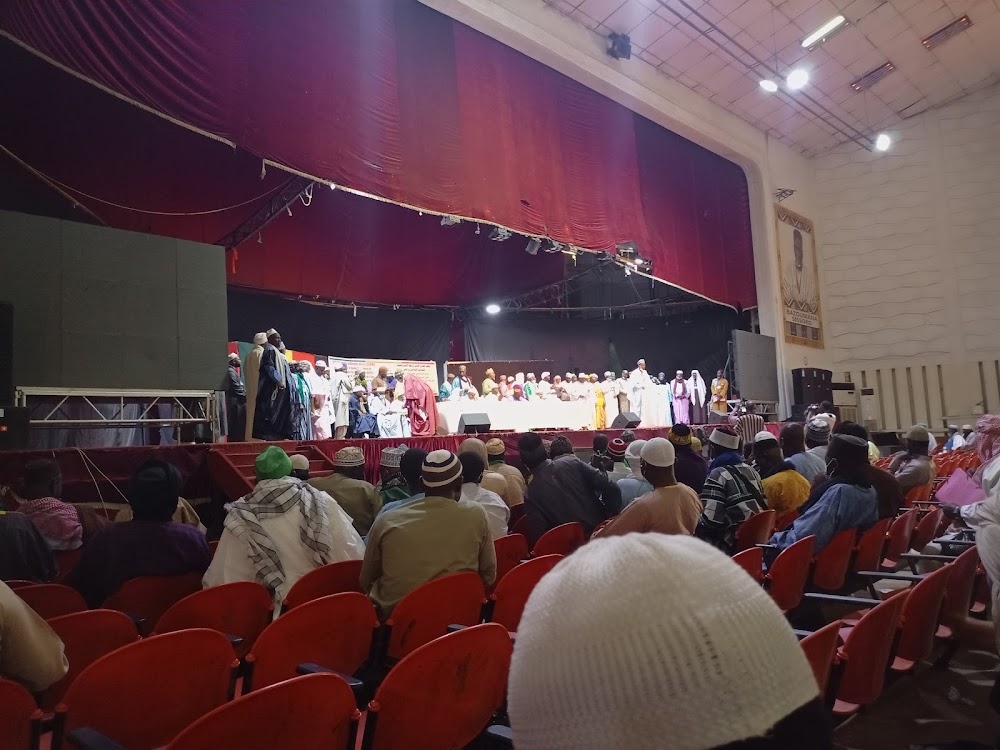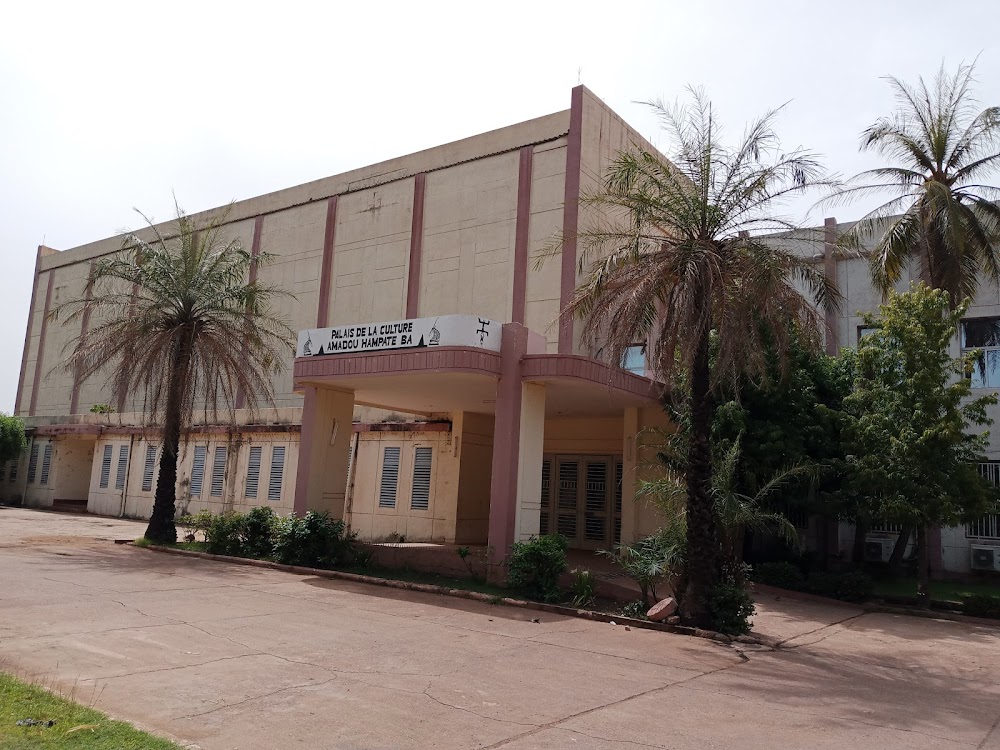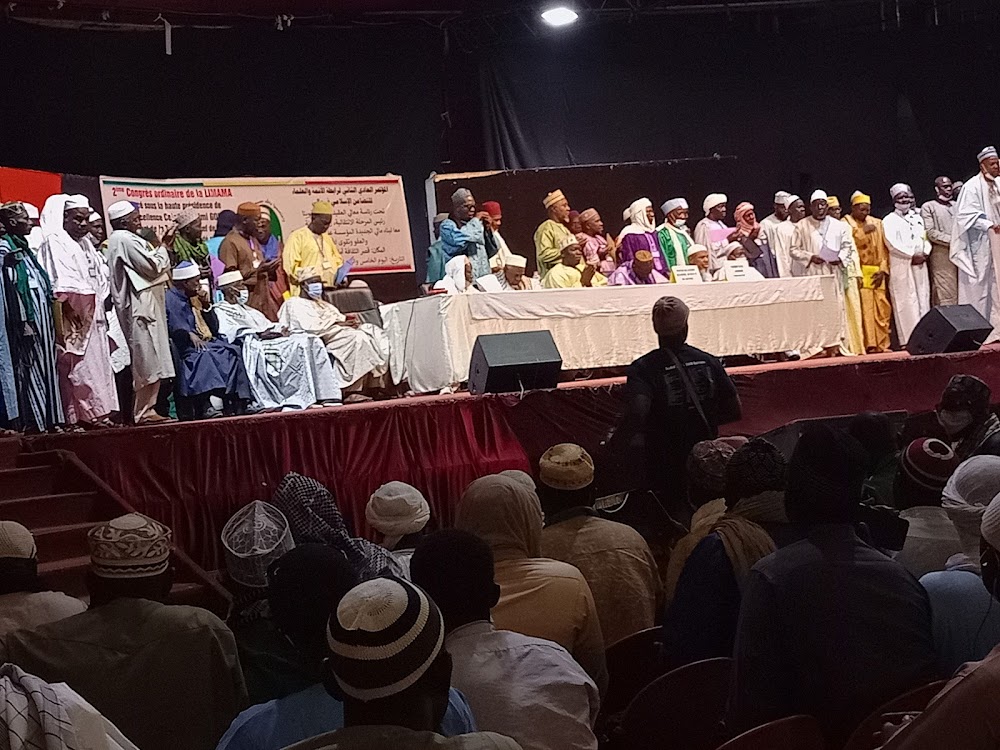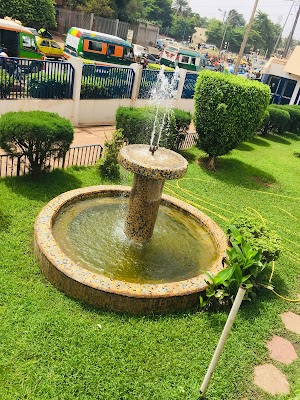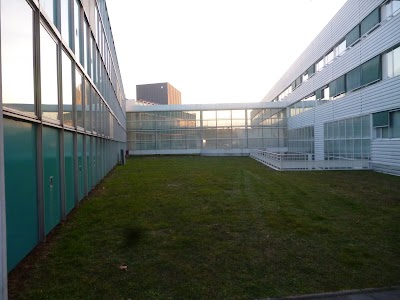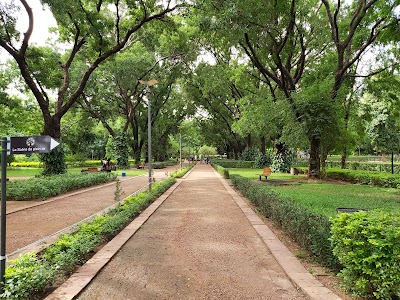Palace of Culture Amadou Hampaté Ba (Palais de la Culture Amadou Hampaté Ba)
Overview
The **Cultural Palace Hamadou Hampaté BA**, commonly known as the **Palace of Culture Amadou Hampaté Ba**, is a remarkable cultural institution nestled in the vibrant city of Bamako, Mali. This iconic structure stands as a testament to the rich cultural heritage and artistic expression that flourishes in the heart of Mali’s capital, making it a must-visit destination for both locals and travelers alike.
The vision for this cultural palace emerged in the late 1990s, driven by Mali's commitment to nurturing and preserving its diverse cultural traditions. Recognizing the need for a dedicated venue to celebrate Malian arts, literature, and customs, the government collaborated with various cultural stakeholders. The palace was named in honor of **Amadou Hampaté Ba**, a distinguished Malian writer, historian, and ethnologist, whose works significantly contributed to the understanding and documentation of West African culture and oral traditions.
Construction of the Cultural Palace commenced in the early 2000s, employing a harmonious blend of modern architectural techniques and traditional Malian design elements. This unique fusion reflects the cultural diversity characteristic of the region. Local architects and artisans played a pivotal role in the project, ensuring that the structure resonates with Mali's aesthetic values while meeting practical needs.
The palace's exterior is adorned with intricate patterns and motifs that echo Mali's artistic heritage. These designs are more than mere decorations; they convey stories and historical events, much like the oral traditions that Amadou Hampaté Ba dedicated his life to preserving. Inside, the palace is thoughtfully divided into several sections, including exhibition halls, performance spaces, and workshops.
One of the key features of the palace is the **main exhibition hall**, which frequently hosts art exhibitions showcasing the works of contemporary Malian artists alongside traditional crafts. This vibrant space serves as a hub for visual art, allowing visitors to immerse themselves in the dynamic colors and forms that define Malian artistry.
Another essential component of the palace is the **performance theater**. Designed for music, dance, and theatrical performances, this venue celebrates the living traditions of Mali. Here, visitors can experience traditional griot performances, drum ensembles, and modern adaptations of historical plays, offering a captivating glimpse into the rich tapestry of Malian performing arts.
The Cultural Palace also places a strong emphasis on **workshops and educational programs**. Aimed at youth and aspiring artists, these initiatives provide training in various forms of traditional and contemporary arts. By fostering skill development, the palace not only preserves cultural practices but also ensures their transmission to future generations.
Additionally, the palace houses a **library and research center** dedicated to the works of Amadou Hampaté Ba and other African scholars. This invaluable resource is available to students, researchers, and anyone interested in the cultural history of Mali and West Africa. It boasts a rich collection of manuscripts, recordings of oral histories, and archival materials essential for studying and appreciating the region’s heritage.
In summary, the **Cultural Palace Hamadou Hampaté BA** plays a vital role in Mali’s cultural landscape. It serves as a beacon of artistic and educational activities that connect the past with the present, ensuring the continuity of Malian culture. More than just a venue for artistic expressions, the palace acts as a nurturing ground for future cultural ambassadors who will uphold Mali’s rich legacy.
Ultimately, the Cultural Palace Hamadou Hampaté BA in Bamako stands as a cornerstone of cultural preservation and promotion. It was conceived as a space to celebrate, study, and pass down the immense cultural wealth of Mali across generations while honoring the impactful legacy of Amadou Hampaté Ba.


